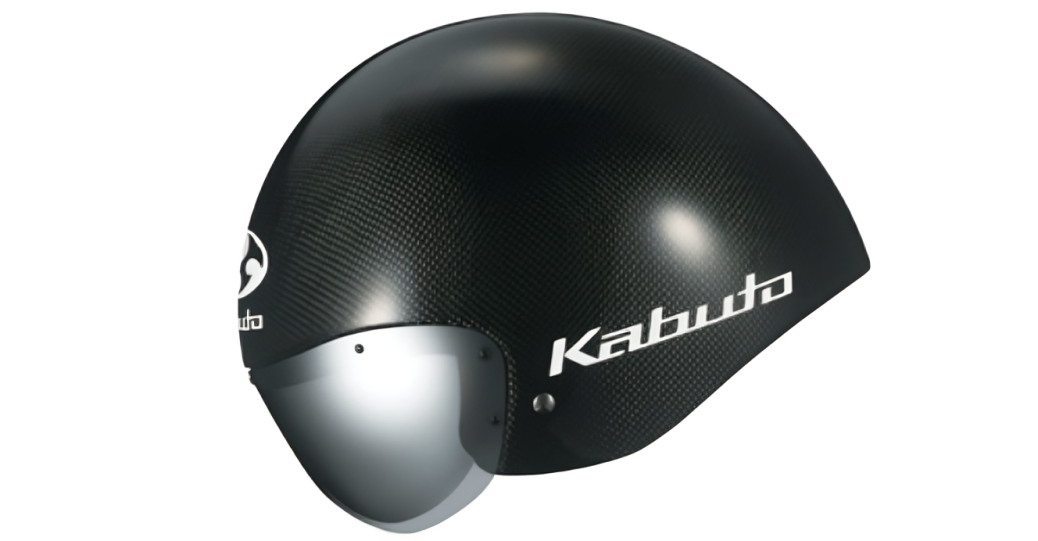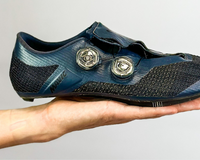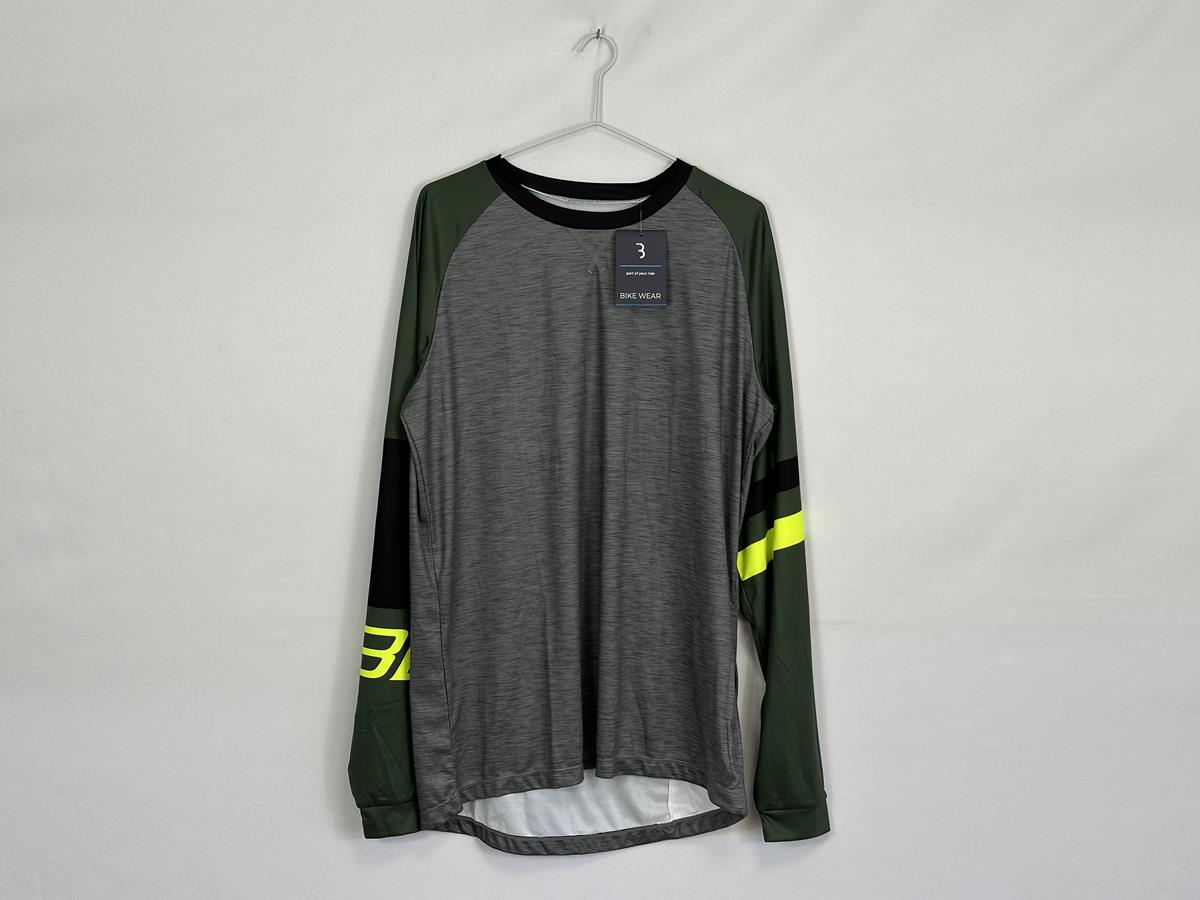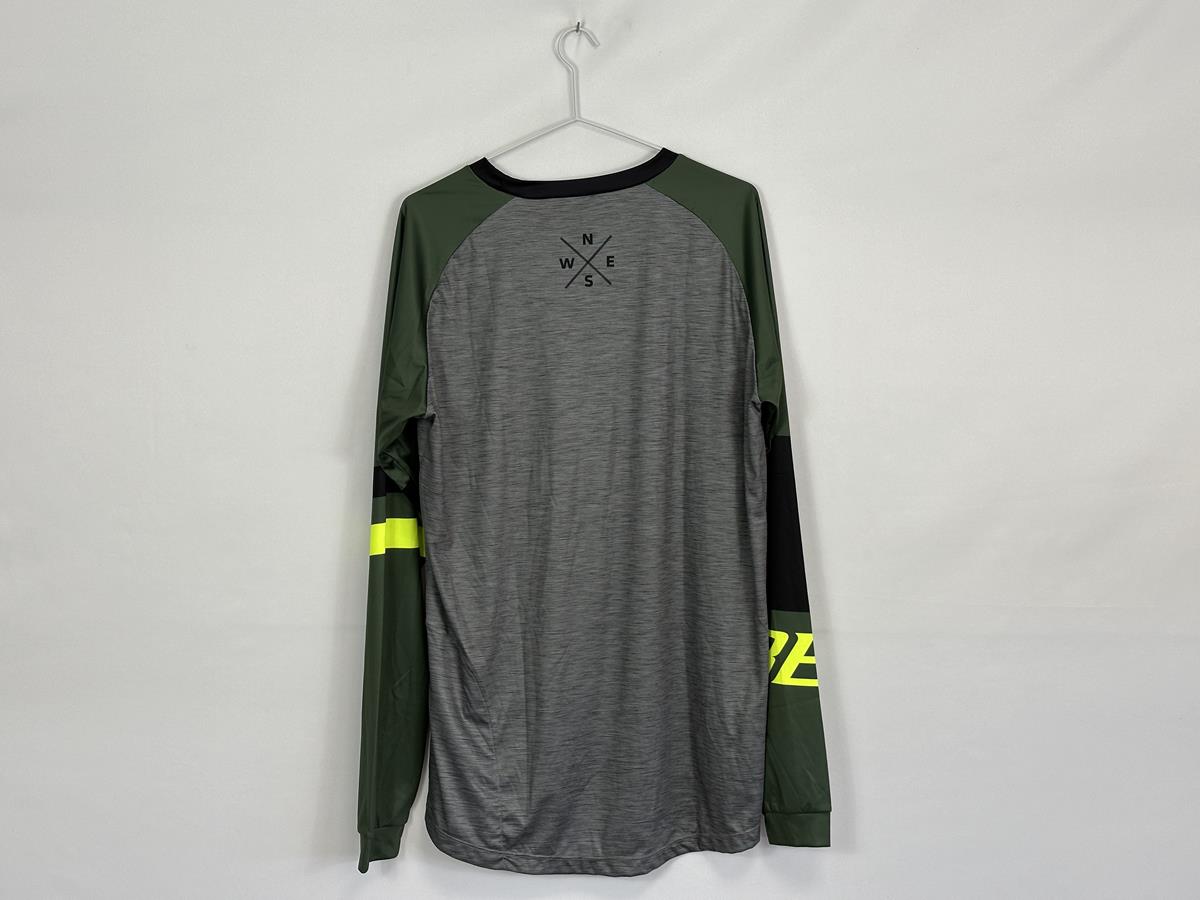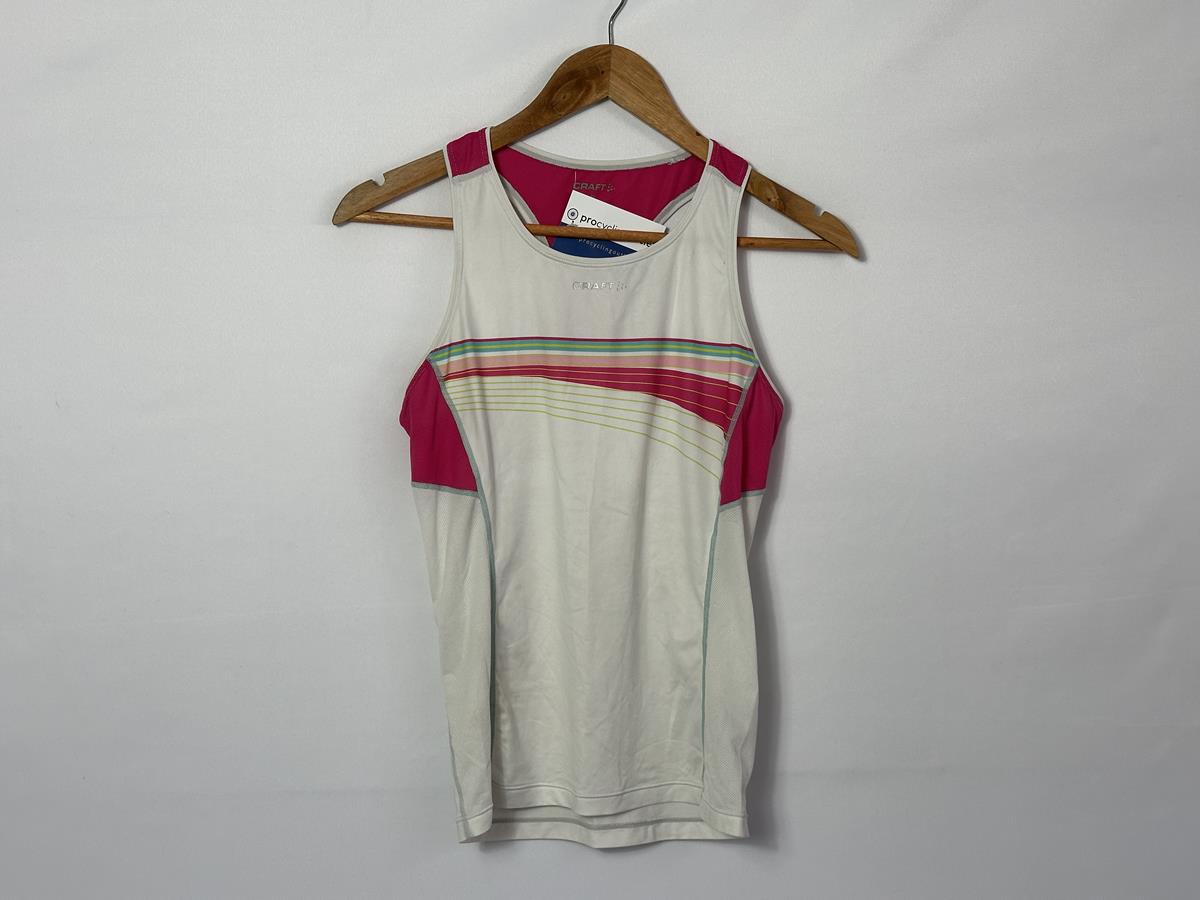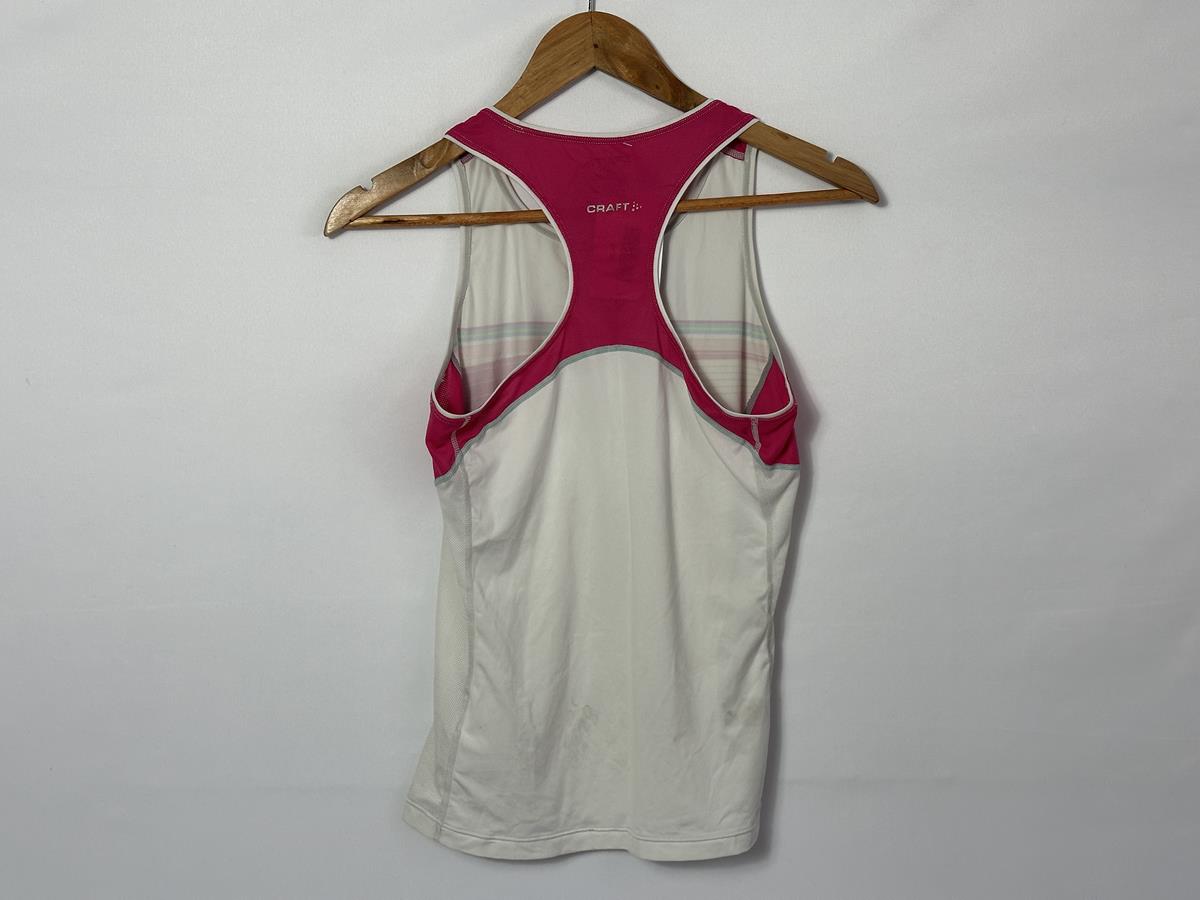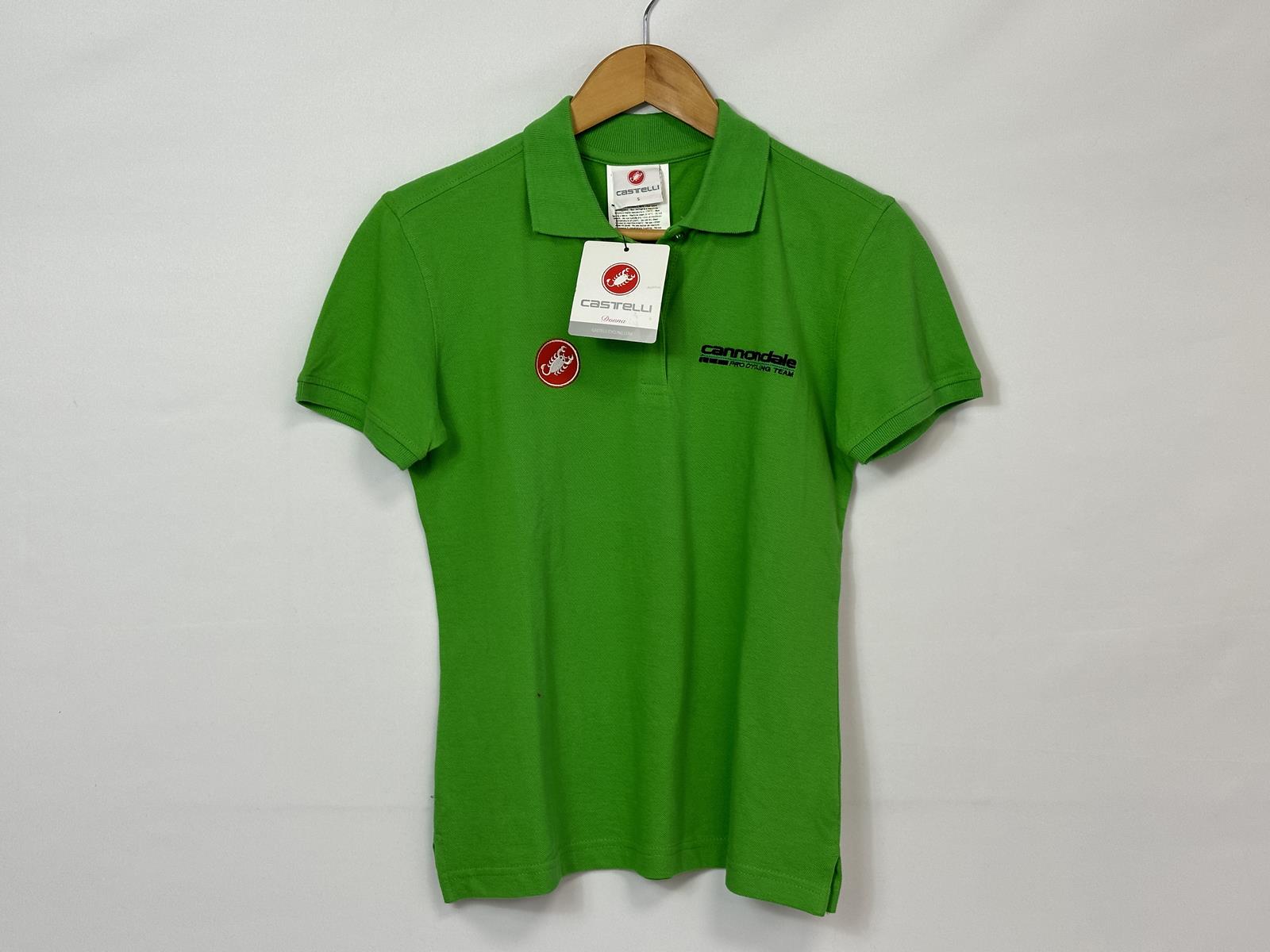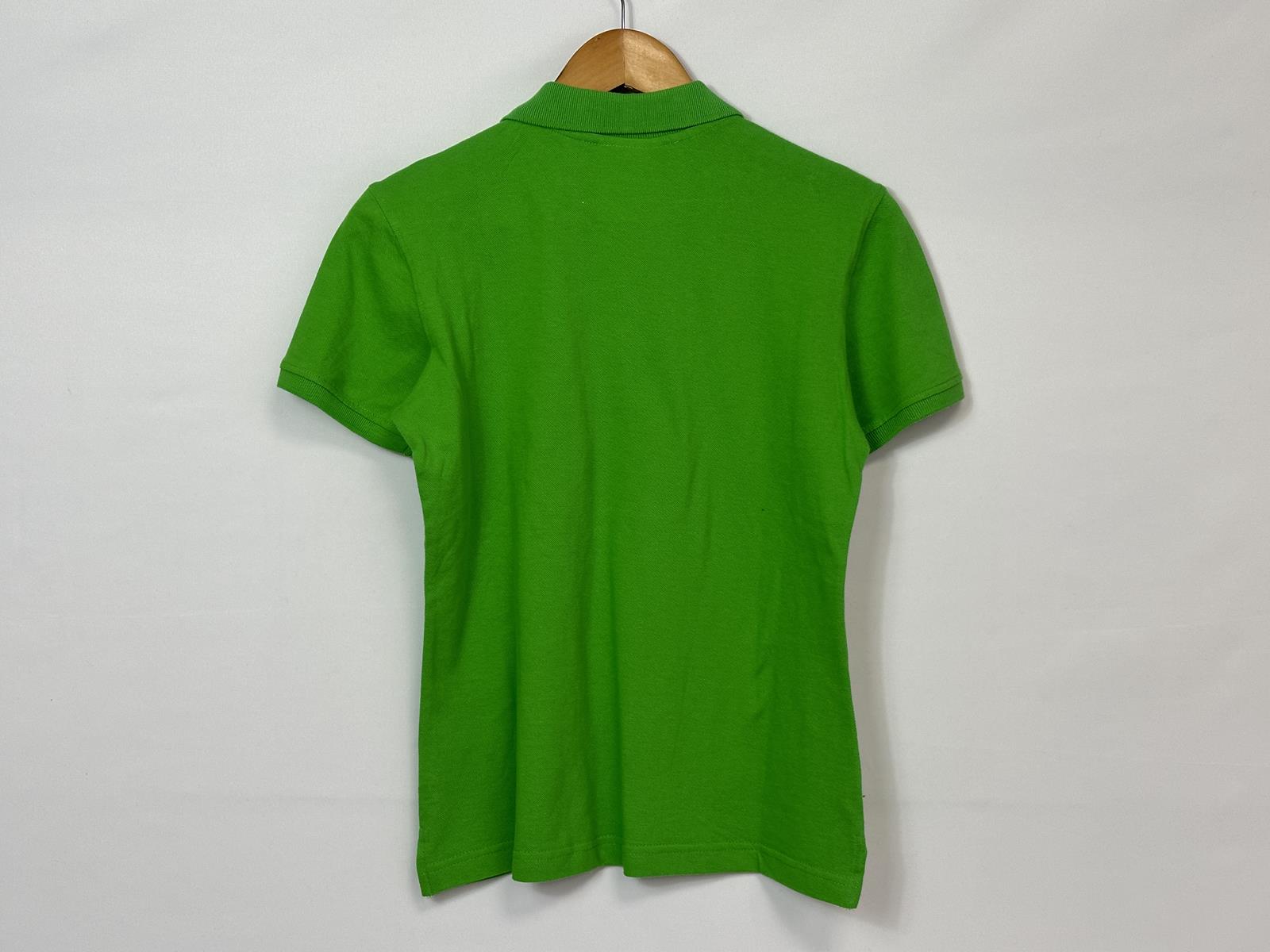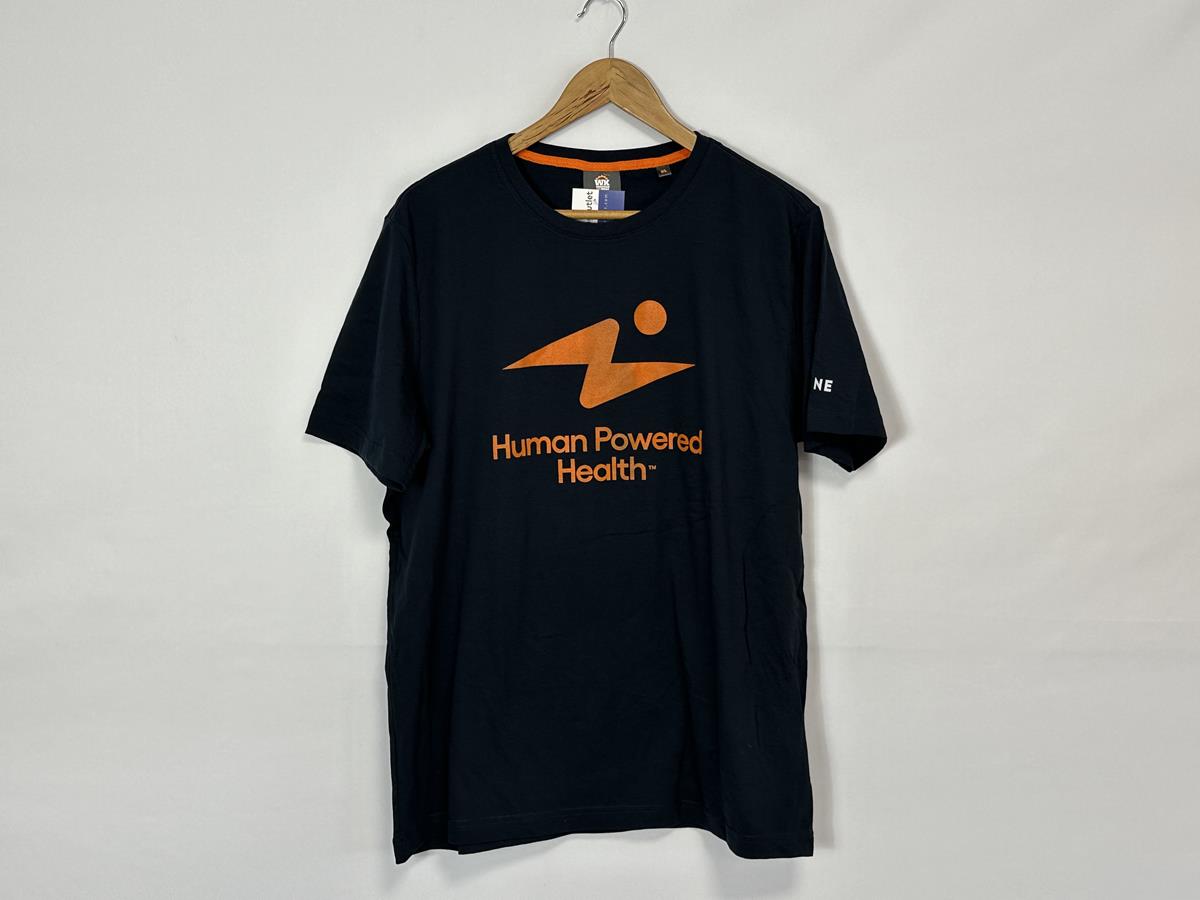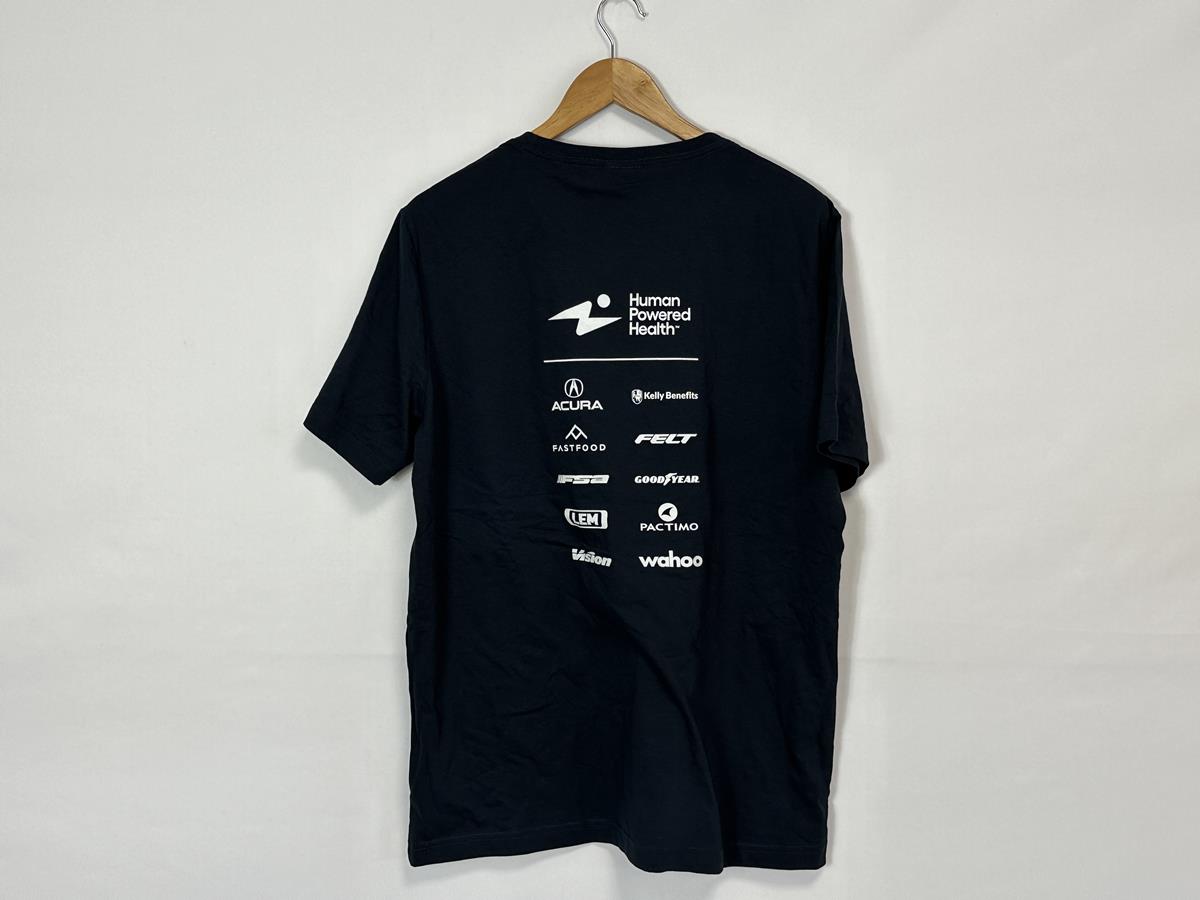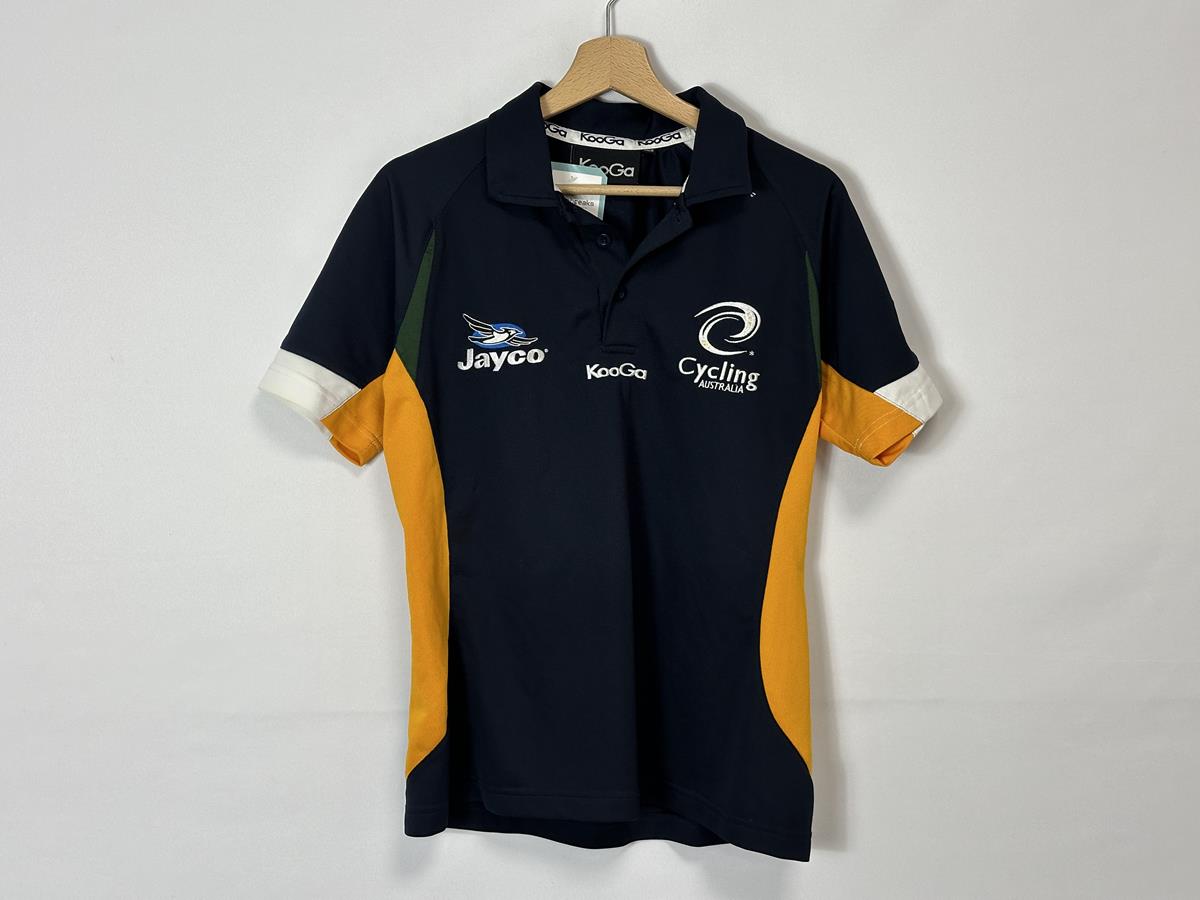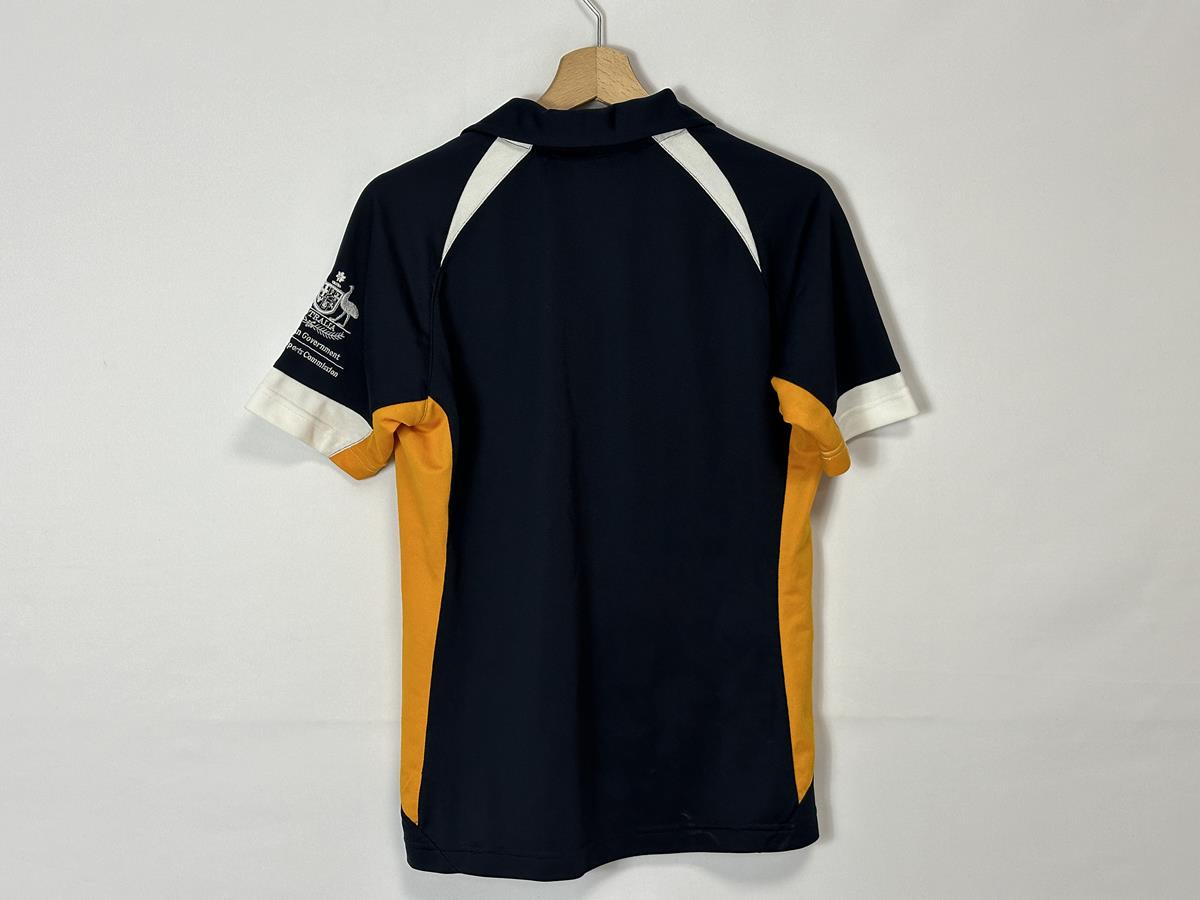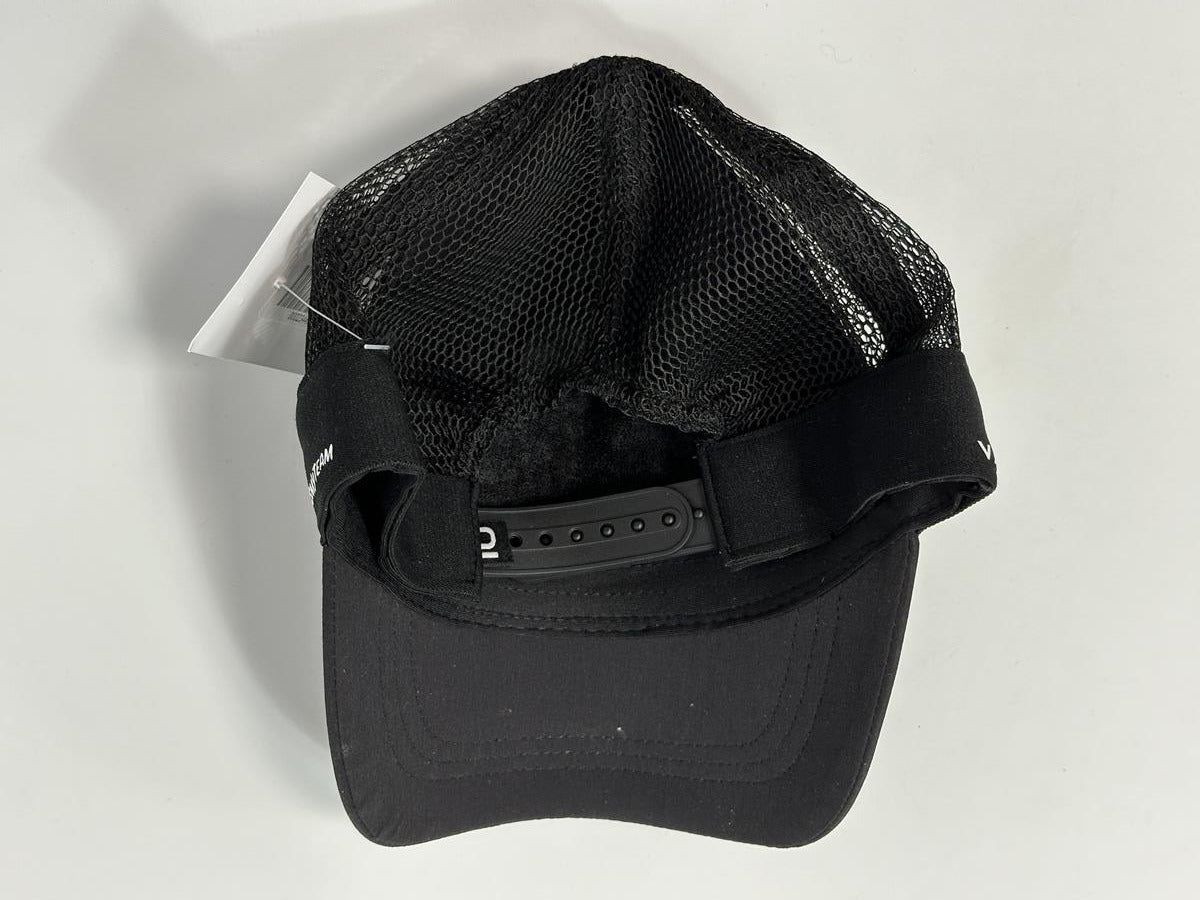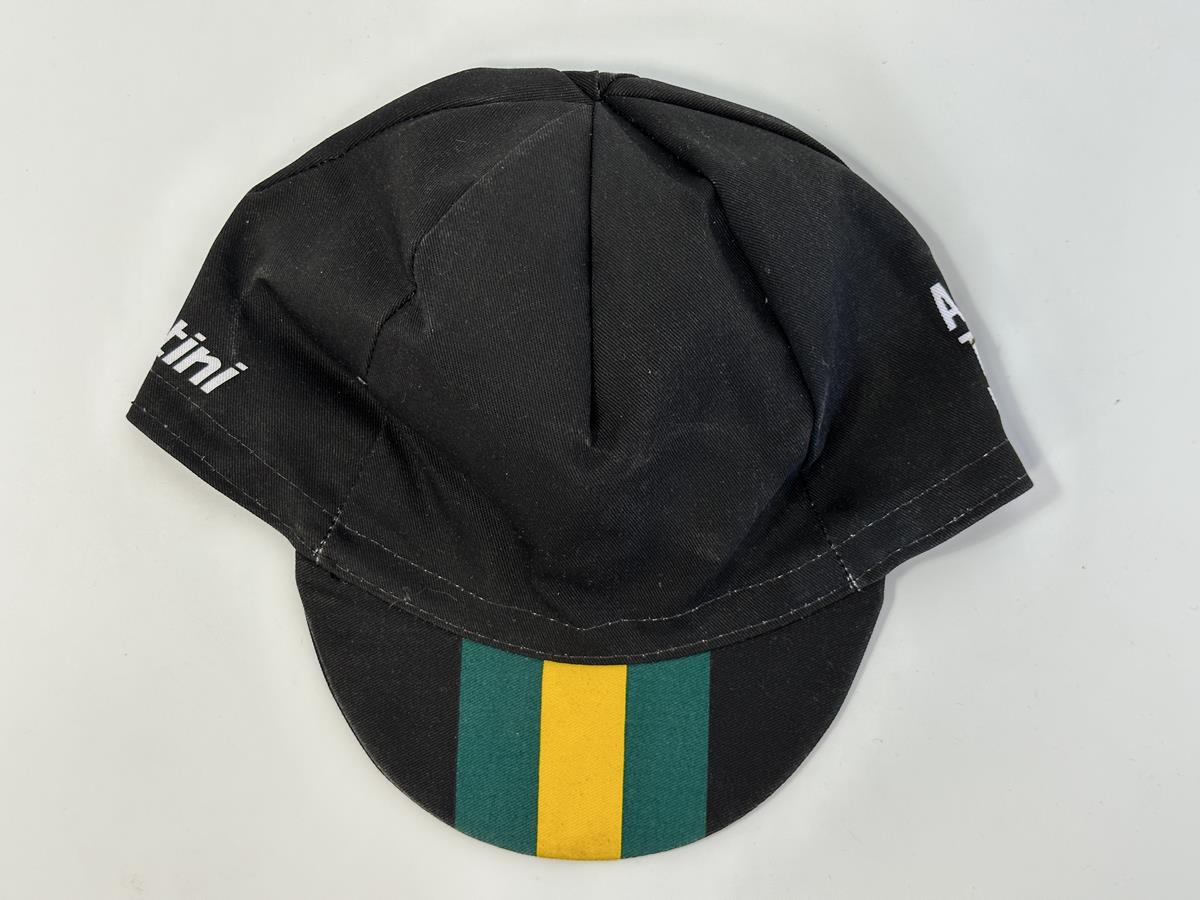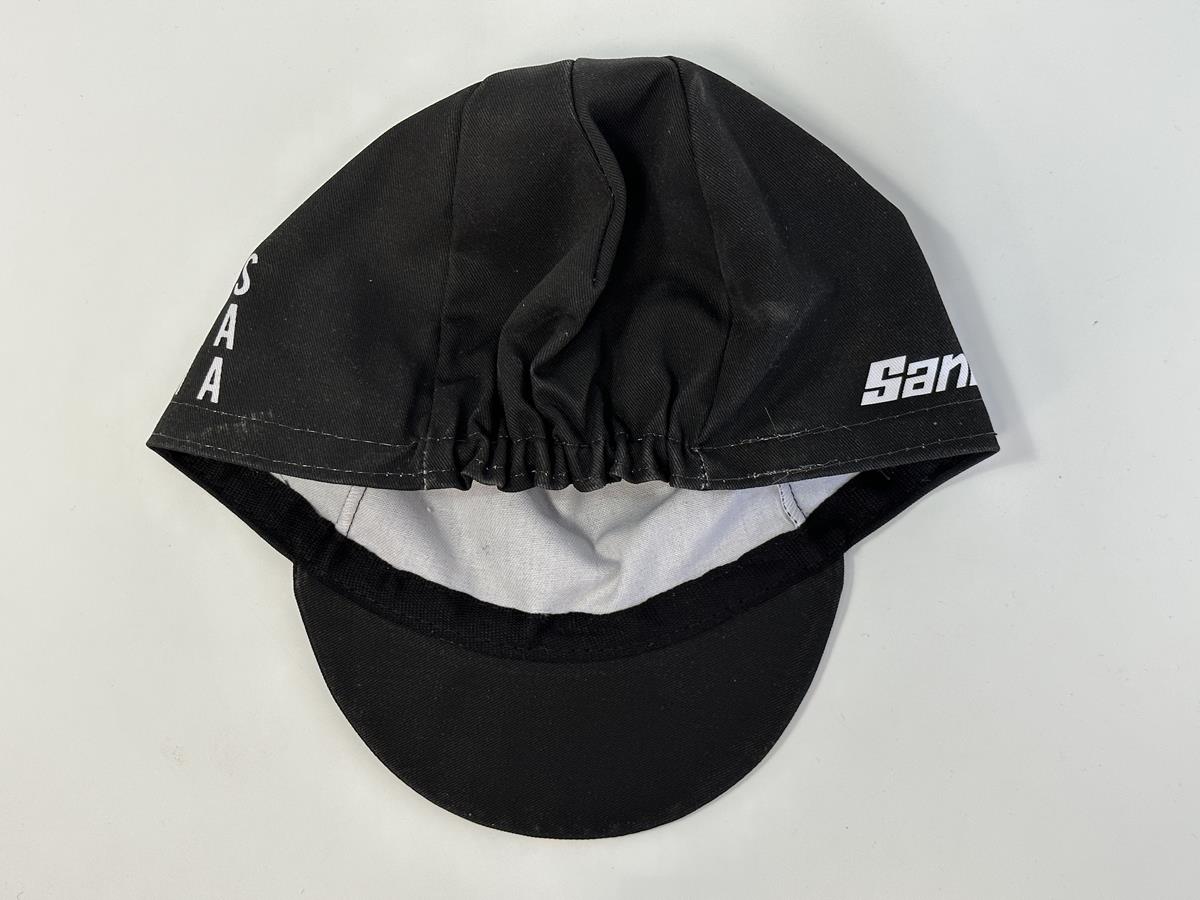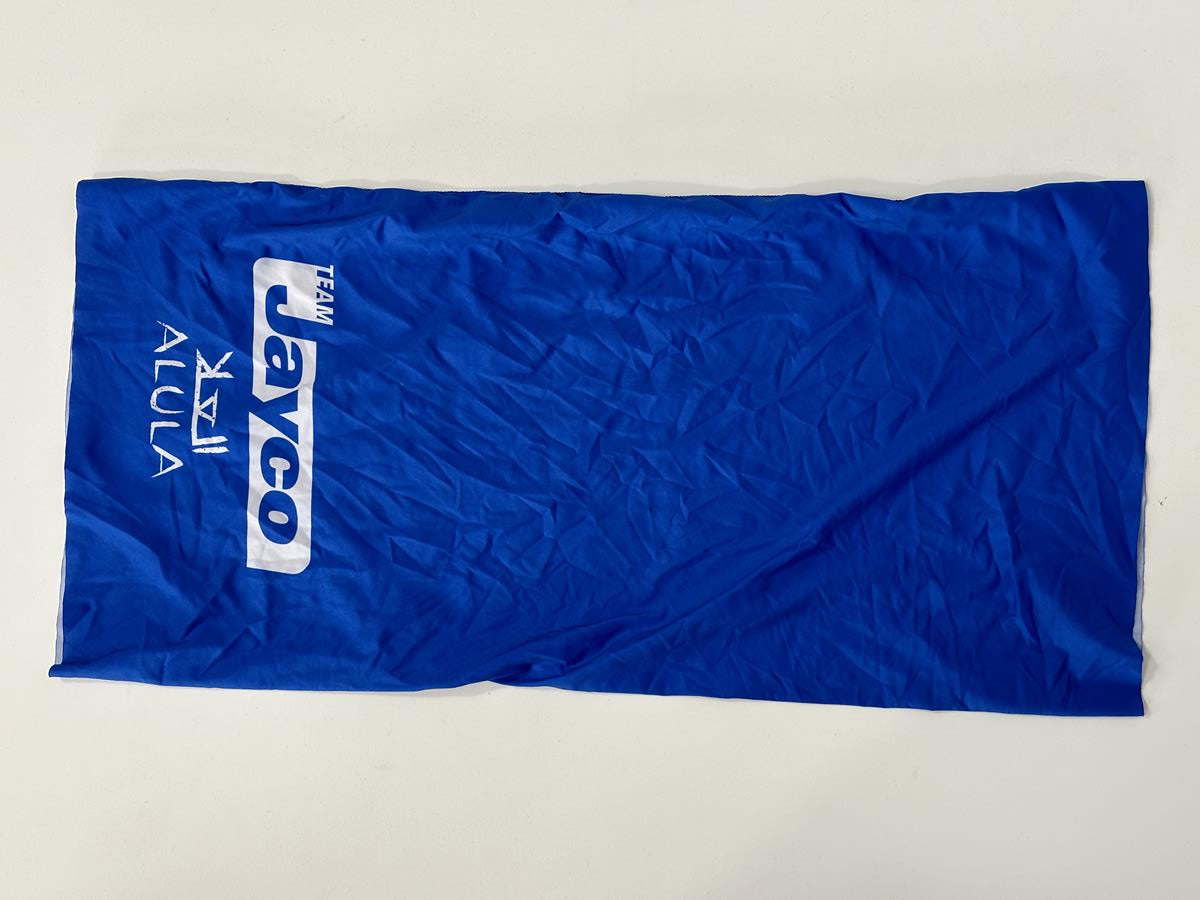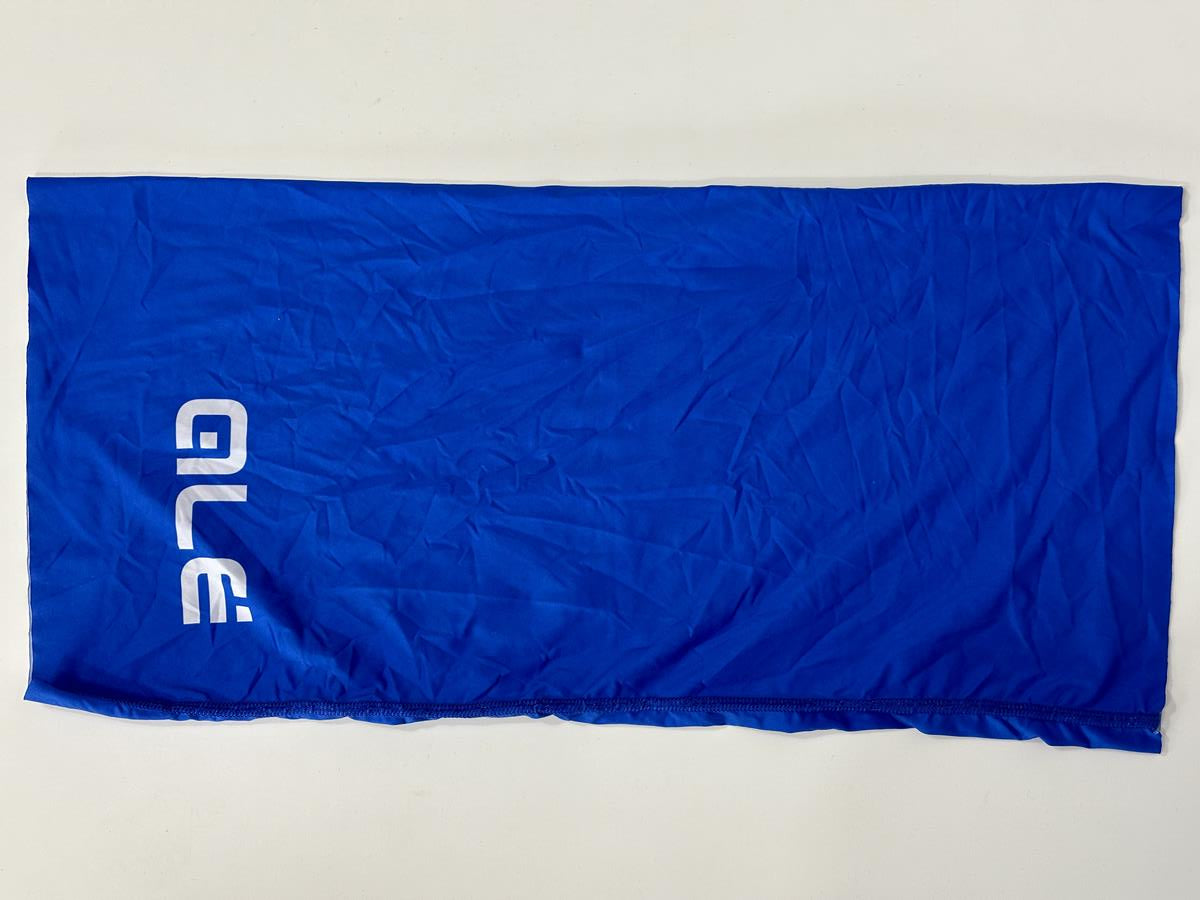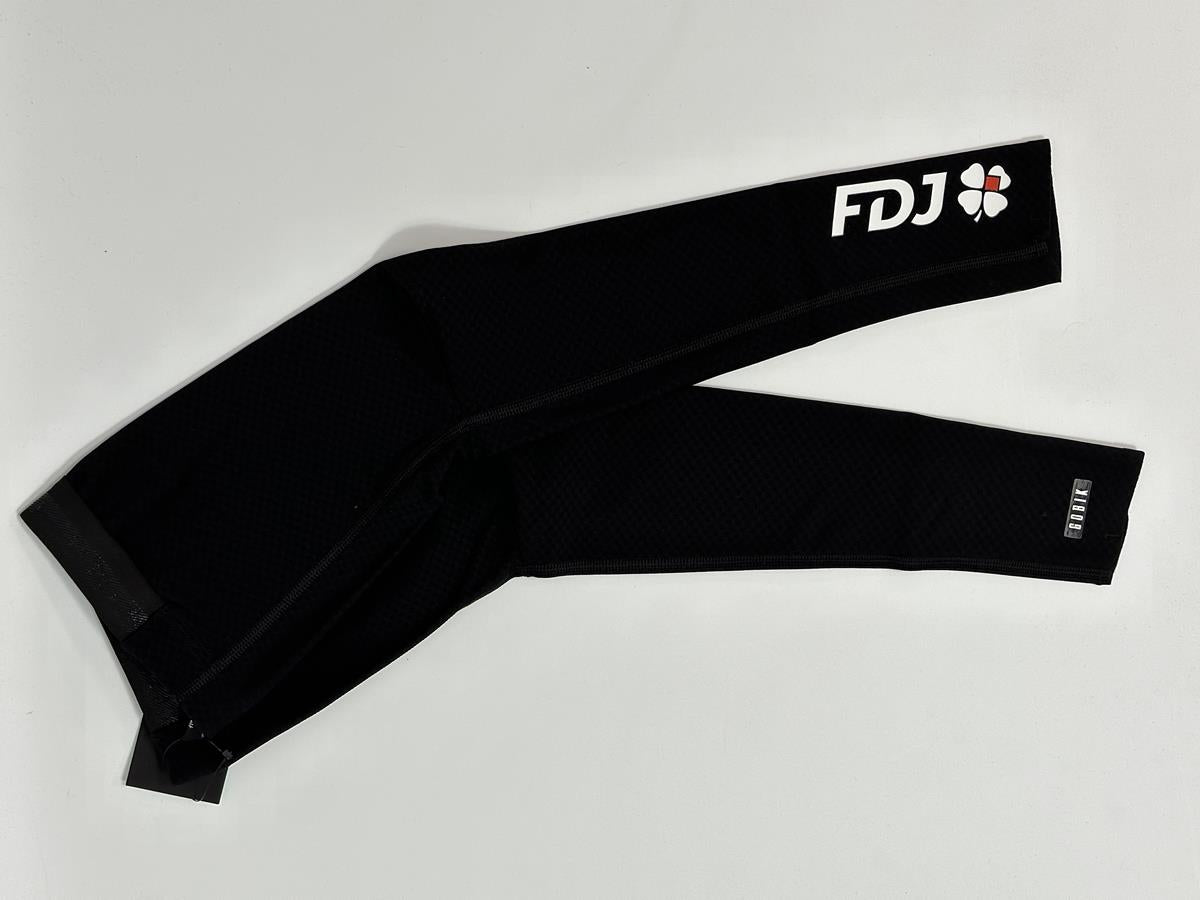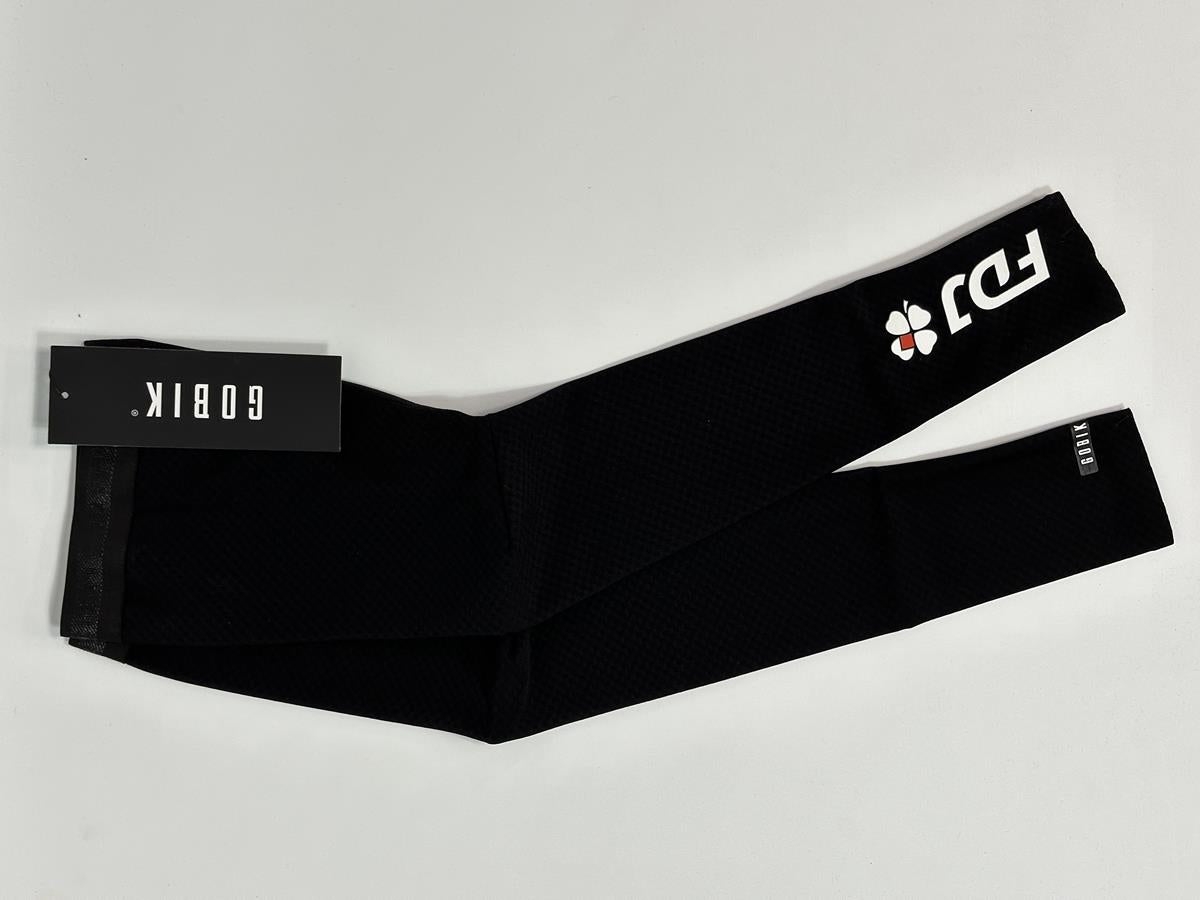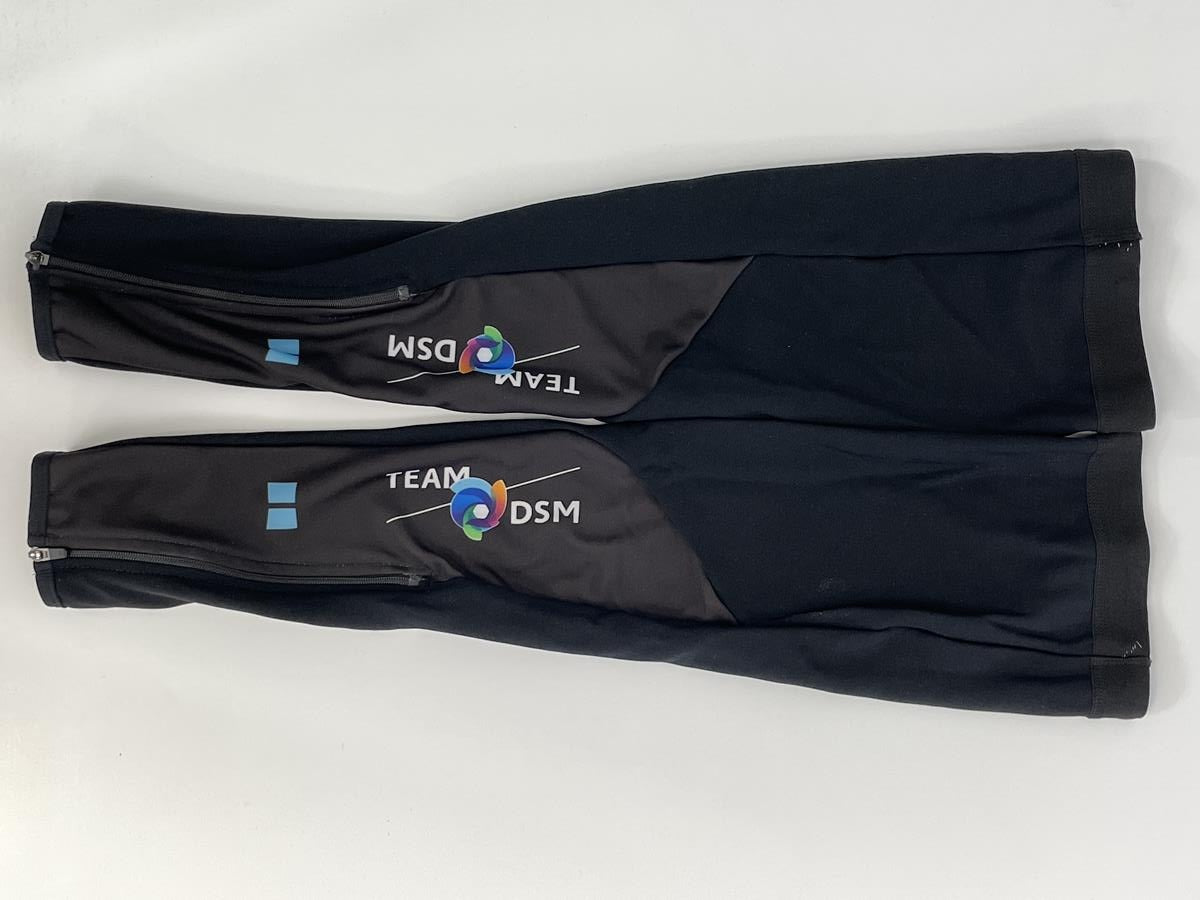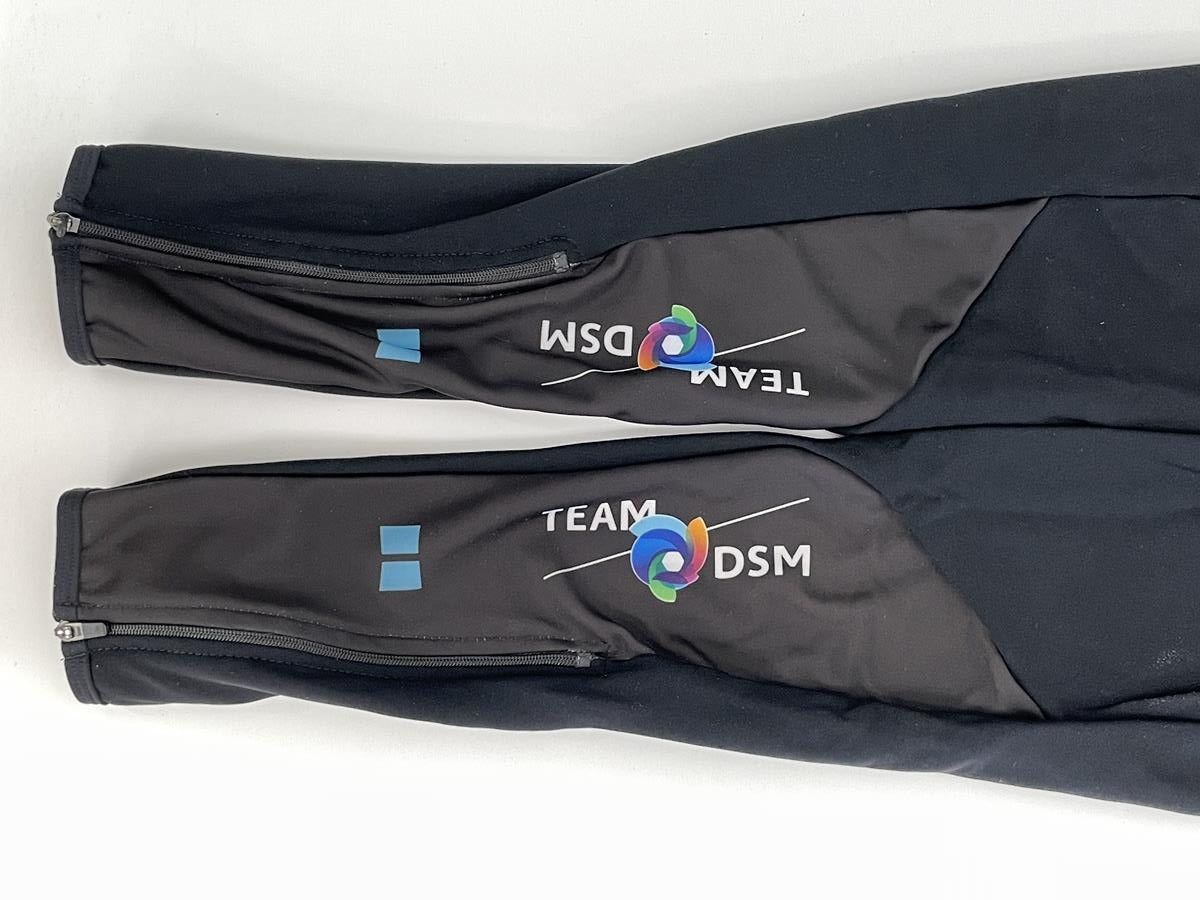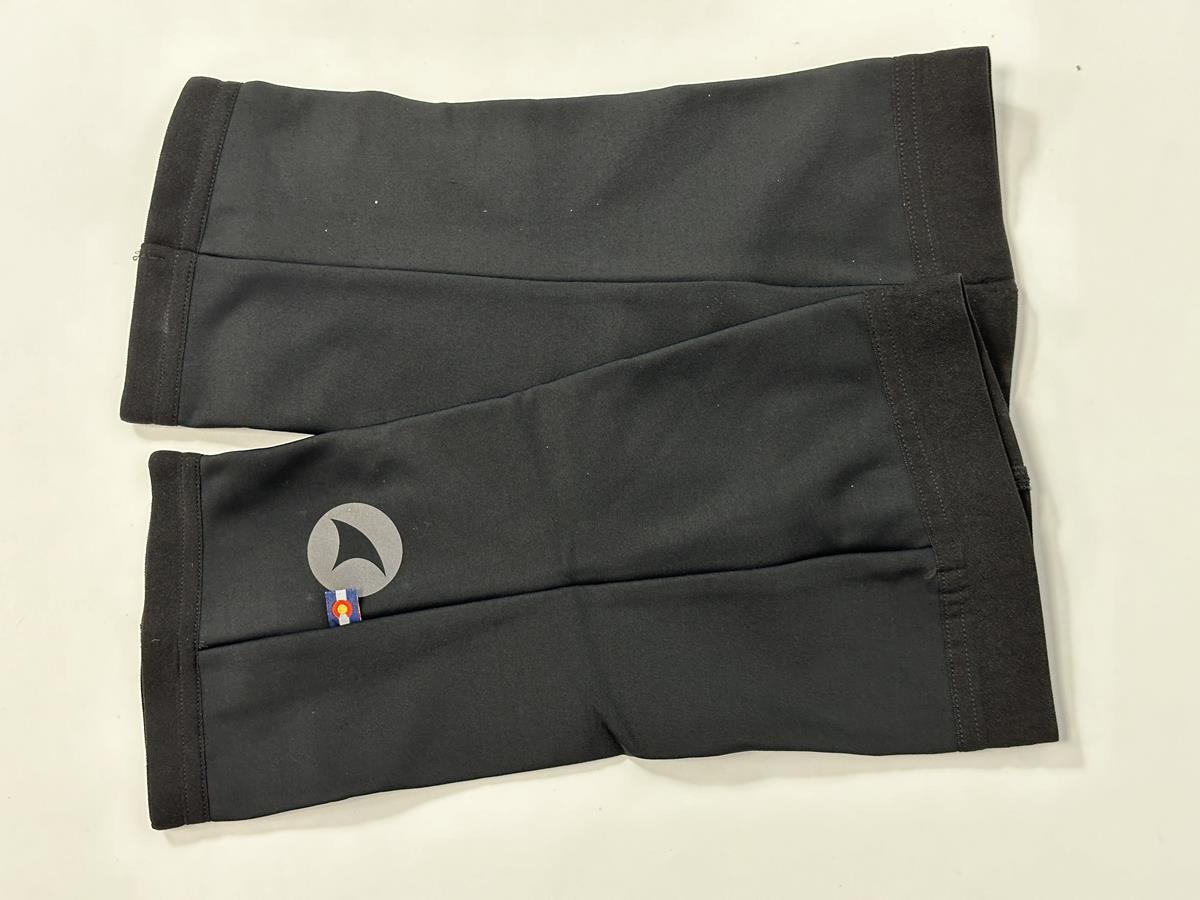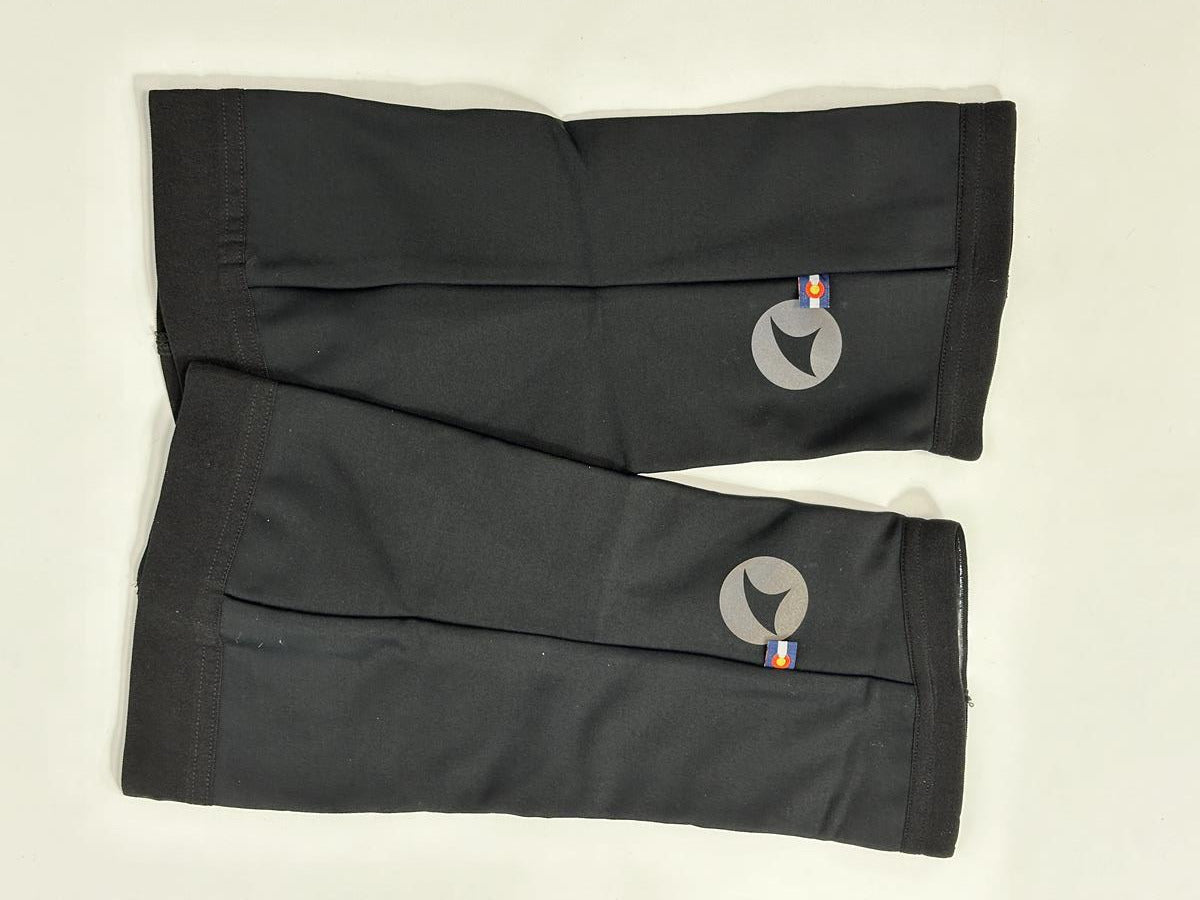Aero helmet for triathlon, worth it or not ?
Triathlons push athletes to their physical and mental limits in the ultimate test of endurance, through swimming, cycling, and running disciplines
As competitors look for peak performance, every piece of kit plays a crucial role in maximizing speed, efficiency, and safety. Among these essential items, the helmet stands out as a vital component, offering protection and aerodynamic advantages that can make a difference in your race performance.
In this blog, I answer questions that will help you make an informed decision regarding the right helmet for you.
Do I need a special helmet for a triathlon?
You can technically use any certified cycling helmet for a triathlon, however, investing in a specialized triathlon/aero helmet can give you some distinct advantages. These helmets are designed to minimize aerodynamic drag, which allows you to slice through the air more efficiently and conserve energy during the bike leg.
Also, many triathlon helmets feature integrated visors, adjustable fit systems, and transition-friendly designs tailored to this type of racing.
What kind of helmet do you need for a triathlon?
When it comes to selecting a helmet for a triathlon, several factors come into play. While there isn't a specific type of helmet mandated for triathlons, there are certain features to consider:
Aero Helmet: Designed with aerodynamics in mind, these helmets feature a streamlined shape and specialized ventilation to reduce drag and enhance speed.
Road Helmet: More traditional helmets commonly used in cycling, road helmets prioritize ventilation and comfort without sacrificing safety.
Time Trial (TT) Helmet: Similar to aero helmets, TT helmets are optimized for time trial events, offering superior aerodynamics and minimal wind resistance.
Ultimately, the helmet that will suit you best will depend on your racing goals, priorities and personal preference.
How much difference does an aero helmet make?
The benefits of an aero helmet can make a substantial difference in race performance, especially during longer distances where every second counts. Studies have shown that switching from a traditional road helmet to an aero helmet can give you significant time savings as it reduces drag and optimizes airflow around your head. It also enables you to maintain higher speeds with less effort, giving you faster split times.
How much time does an aero helmet save you in an Ironman?
When you are facing a grueling 180.25 kilometer bike leg, an aero helmet can give you considerable time savings. Research carried out showed an aero helmet can save anywhere from several minutes to over 10 minutes, during the course of an Ironman bike leg, which can translate to higher overall rankings and a competitive edge on race day.
These savings may vary of course, depending on such factors as course terrain, weather conditions, and individual riding technique.
Selecting the right helmet for your triathlon is a decision not to be taken lightly. Protection is essential and any certified cycling helmet will give you this but investing in a specialized triathlon or aero helmet will also give you tangible performance benefits.
By prioritizing aerodynamics, comfort, and safety, you’ll feel more confident to tackle the bike leg, bringing you one step closer to achieving a personal best or podium finish.
Head to our website www.procyclingoutlet.com for all your triathlon kit.

